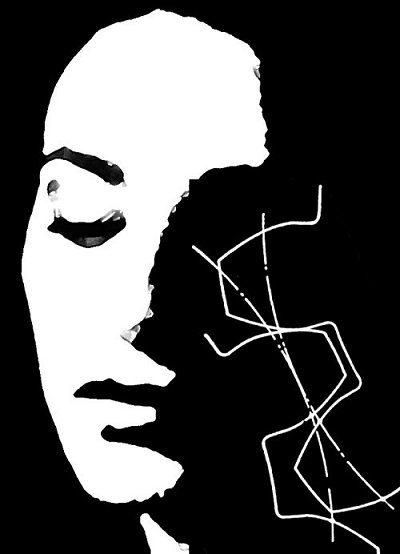From Thought to Thing
Today, from thought to thing. The University of Houston's College of Engineering presents this series about the machines that make our civilization run, and the people whose ingenuity created them.
A machine is no more than the corporeal shadow of an idea. It's the idea presented in a form that others may see. So, if see just the machine, without glimpsing at least a bit of the idea -- well, it's like trying to know a person when we've seen only her shadow.
Take something very familiar -- say, gear teeth. One tooth pushing another is so obvious that we hardly notice it. But look more closely. Get to know that lowly gear tooth:
One set of teeth moves in one circle. The other moves in a different circle. The two circles touch at only one point. Yet the teeth have to stay in contact over some distance without sliding on each other. Otherwise they'd quickly wear out. That action is possible because those simple-looking teeth have a complex curved shape. Once we digest that shape, gear teeth become a lovely, sophisticated idea in solid form.
Of course we'd all go mad if we had to see inside every contrivance that serves us. But to live without ever getting to know the idea behind any invention would be more than just functional illiteracy. It'd also be heartless indifference.
Pick up any simple machine and see it in those terms: Consider how the idea of leverage gives form to scissors, pliers, or paper punches. Think, too, about the role that compromise plays in their design. We see it in the length of the blades, the shape of the handles, the placement of the pivots. Or we might ponder the selection of speed and blade-length of ceiling fans.
These days we all worry about the technologies of energy supply and use. Just try to solve those problems without knowing the technologies. We must be able, as well as willing, to compromise with them as we'd compromise with a friend. It's all too easy to recommend non-fossil-fuel alternatives without knowing those alternatives intimately without knowing the compromises that each requires. A hybrid car is wonderful; but what environmental problems follow that vast increase in the manufacture of batteries?
So, the notion of machines as shadows-of-ideas is more than a pretty phrase. It has operational utility. A machine is a walking idea, and ideas must be understood if we're to use them humanely. Ideas are human and dealing with humans requires compromise.
On the matter of compromise, some designers use a new word -- one that's just a bit disturbing. It is satisfice. We can never find perfect solutions, so we look for ones that suffice to satisfy the constraints -- ones that satisfice. The word leaves us queasy because it exposes the way we have to live with imperfection. It reminds us that technologies must always be as imperfect as human relationships themselves must be.
How could things be otherwise? As we build to the best of human ability, those shadow of our thoughts reflect our makeup: flawed but functional, greedy and generous -- narrow-minded and wise.
I'm John Lienhard, at the University of Houston, where we're interested in the way inventive minds work.

(Image by JHL)